5 Steps To Learn Python For Data Science
4 out of 5 based on 621 votesLast updated on 19th Feb 2022 9.4K Views
- Bookmark

To learn about building neural networks in detail, feel free to join the Data Science Training in Gurgaon.

Introduction
Python is a very popular programming language that most aspiring data scientists learn. The biggest reason behind the popularity of this programing language is that it is very easy to learn/read. Besides this, it features libraries such as NumPy and Pandas that make the work of a data scientist very easy. This makes Python ideal for students who wish to pursue their careers as data scientists. However, despite being very easy to learn, mastering Python is not as easy as it appears to be. So, to help you out, today, we are going over the five steps to learn Python for Data Science.
Tips: Data Science and Data Analytics both are used in decision making. Product based companies use data for multi function operations. So apart from Data Science, You can check Data Analytics Courses Noida, if you are based in noida and looking for offline course.
A Step-by-step Guide To Learn Python For Data Science
Step 1: Learn Python Fundamentals
The very first thing that you must-do if you wish to learn Python is to master its fundamentals. Learn how the programming language works, its syntax, and different Python libraries. This will not only help you quickly master the programming language but will also help you become familiar with common Python libraries that data scientists use for working with data. To learn about different Python libraries in detail, feel free to join the Data Science Training Institute in Delhi.
Step 2: Practice
Once you become familiar with the fundamentals of Python, you can start building mini-projects. This will help you polish your skills and make you proficient in working with the programming language. Furthermore, building projects will also help you have a firm grip on the basics of Python. So, make sure you practice and build projects if you wish to become proficient in Python. Besides this, you must also start gaining experience with APIs and web scraping. This will help you later when you start using Python libraries for working with data.
Note: Python language is used in multiple technologies, like full stack,data analytics and many more. If you want to build your career in full stack and looking for Full Stack Developer in Python Course, do visit croma campus
Step 3: Learn About Data Science Libraries
The next thing that you have to do is learn about major Python libraries for data science. The programming language consists of lots of libraries for data science. For example, it features libraries like NumPy, Pandas, Matplotlib, scikit-learn, etc. Using these libraries, a data scientist can efficiently work with data and visualize it. So, make sure you master all these libraries for data science. But this does not mean you have to master all the libraries of Python. Focus on learning only the major data science libraries of Python, and you are good to go. This will help you a lot in the future when you start working with large volumes of data. Besides this, these libraries will also make your work a lot easier and quicker.
Note: If you stay in Noida and looking for Python Coaching in Noida, Do visit Croma Campus and get free consultation and best course as per your requirements. We do provide 100% job assistance as well.
Step 4: Build a Portfolio
Building a portfolio of Python projects can be very beneficial for you as a data scientist. This will help you showcase your proficiency in using Python for working with large datasets. Besides this, building a portfolio may also help you secure a job as a data scientist in a good company. So, make sure you build your portfolio. However, while creating a portfolio, make sure you only include those projects that have large datasets and make the reader understand your analysis easily.
You May Also Read:
Python Programming for Beginners
Python Interview Questions and
Answers
Data Science Interview Questions and
Answers
Step 5: Master Advanced Data Science Techniques
Finally, focus on enhancing and sharpening your data science skills. As a data scientist, you must constantly work on strengthening and improving your skillset by enrolling in a Data Science Online Course. For example, work on becoming comfortable in regression analysis, classification analysis, etc. You can also work on learning about bootstrapping models. Additionally, you can learn how to use the scikit-learn library of Python for building neural networks. So, make sure you work on enhancing your skillset if you wish to become a competent data scientist. To learn about building neural networks in detail, feel free to join the Data Science Training in Gurgaon.
Conclusion
Python is an ideal programming language that every aspiring data scientist must master. But learning Python for data science is not that easy. However, with the right action plan and determination, you can quickly master this programing language in a short amount of time. So, carefully follow this guide if you are an aspiring data scientist and want to become an expert in Python. These are small tips but can help you a lot in your journey of mastering the Python Programing Course.
Subscribe For Free Demo
Free Demo for Corporate & Online Trainings.
Your email address will not be published. Required fields are marked *
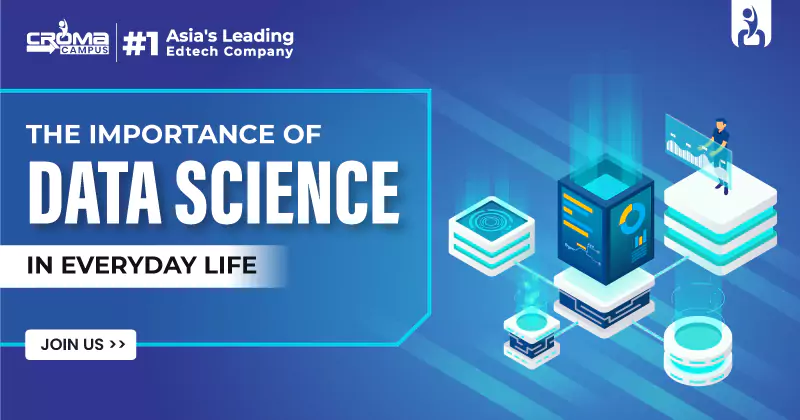
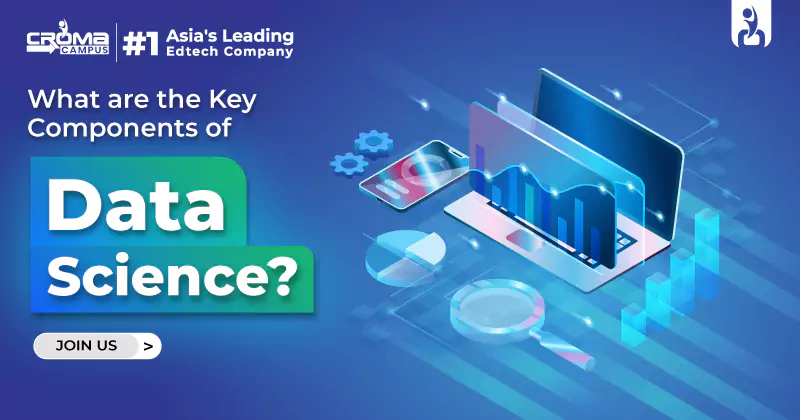

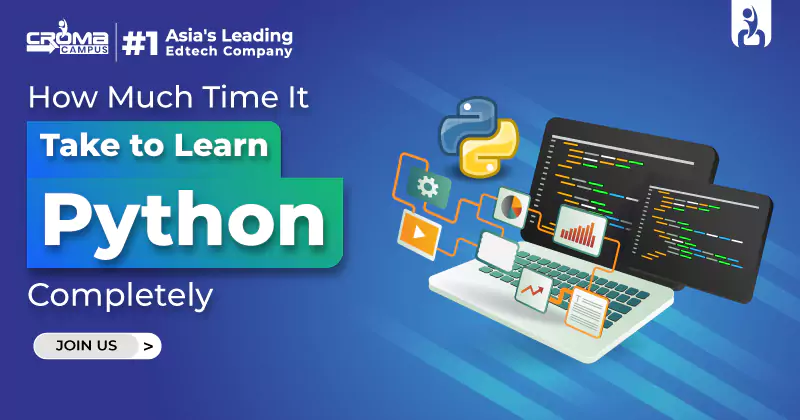

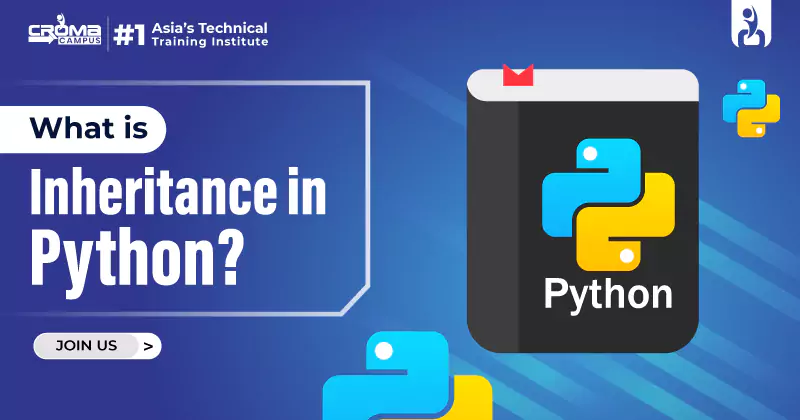
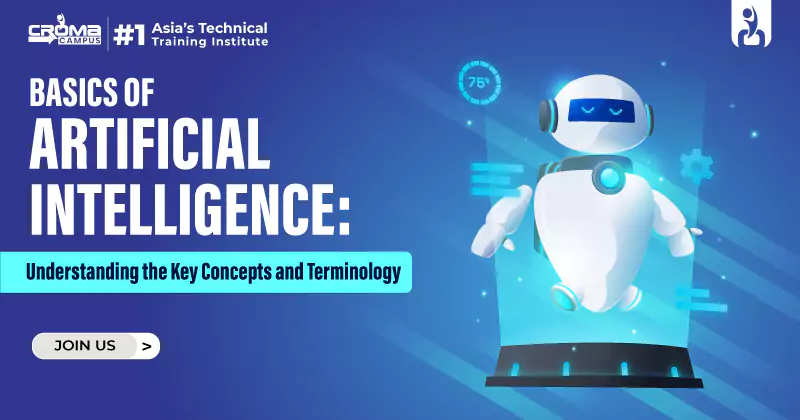
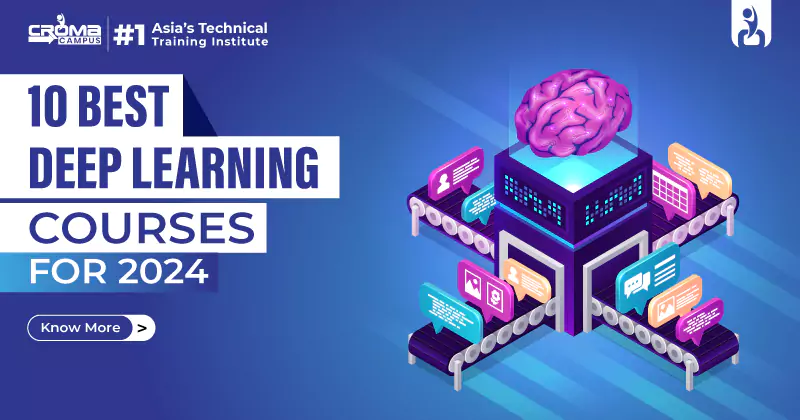
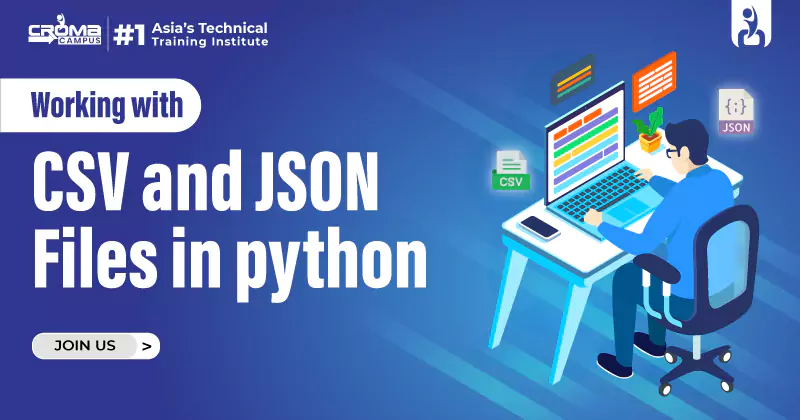

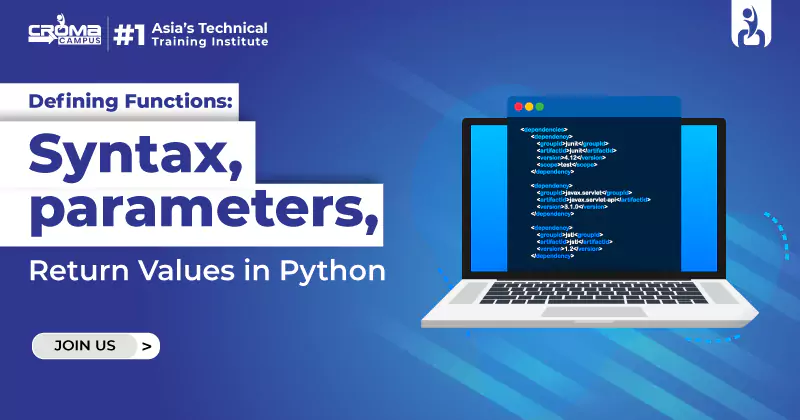
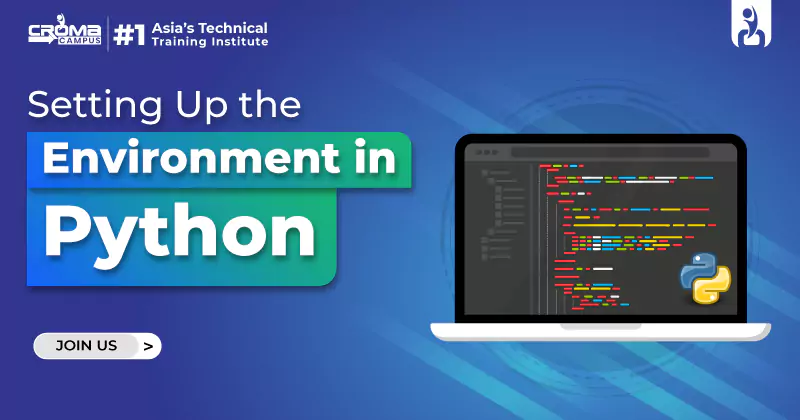









 Master in Cloud Computing Training
Master in Cloud Computing Training